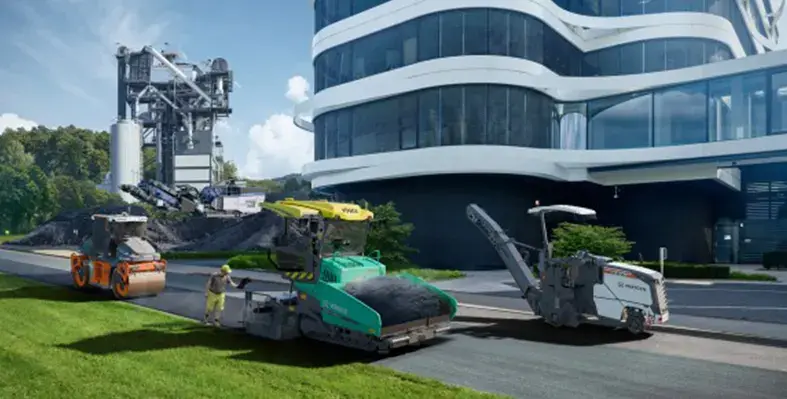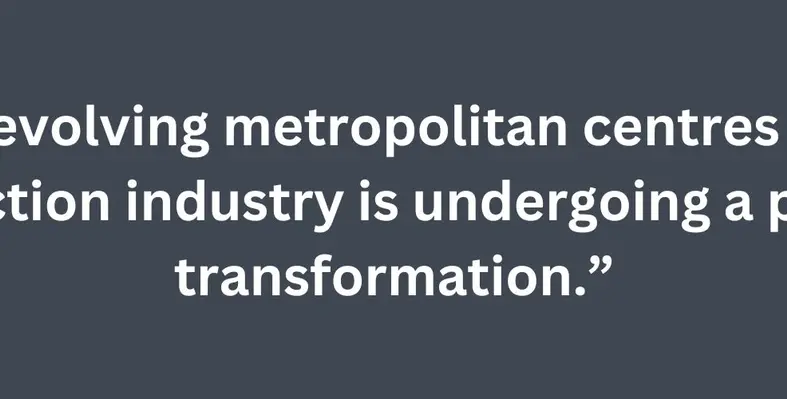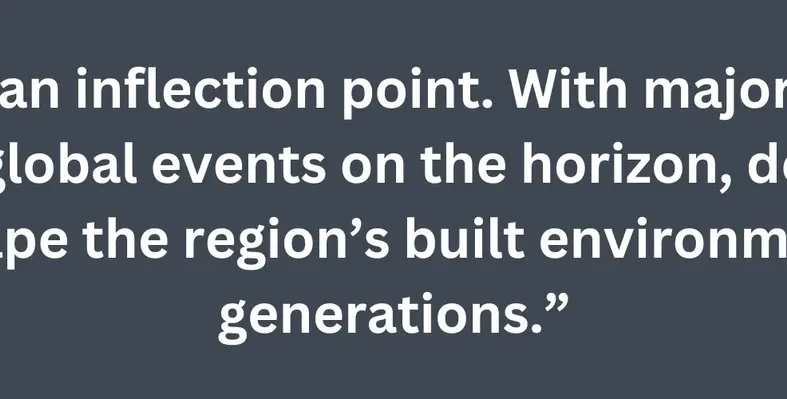The 49th edition of bauma, the world’s largest trade fair for construction and mining equipment, took place from 7–13 April at the Munich exhibition centre, reaffirming its status as a key barometer for the global construction industry.
“bauma is the heartbeat of the industry and has once again shown how crucial exchange and personal encounters are for progress and global trade,” said Stefan Rummel, CEO of Messe München. “We hosted around 600,000 visitors from more than 200 countries and regions.”
The event served not only as a showcase for innovation but also as a space where new partnerships were formed, and strategic conversations took place. Industry players confirmed that bauma continues to set the pace when it comes to shaping both technological progress and the emotional pulse of the sector.
“bauma 2025 showed a strong heart of the industry—with SENNEBOGEN representing its green core. We are delighted with the positive atmosphere in the sectors, which we hadn’t expected in this form,” said Erich Sennebogen, owner of Sennebogen.
“The who’s who of the German, European and international construction and extraction industries meets at bauma. Once again, it demonstrated its status as a leading trade fair and proved to be the beating heart of the industry,” added Holger Schulz, Managing Director at Zeppelin (CAT).
Sustainability and digitalisation emerged as dominant themes across the show floor, with CO₂ reduction and alternative drive systems featured heavily in product launches and panel discussions. “bauma 2025 has impressively demonstrated that trends such as CO₂ reduction and alternative drives have established themselves in the industry,” said Wolfgang Sochor, CEO of HAWE Hydraulik.
“At bauma, we showcased a number of important future topics, such as drive technology and autonomy. For us, bauma is much more than just a trade fair—it is the platform where the future of the industry is made tangible,” said Steffen Günther, a member of the Board of Directors of Liebherr-International AG. “My personal highlight was our bauma motto ‘Hands on the future’. For us, this is not just a phrase, but an attitude; one that was also well received by our customers.”
From North America to Asia, exhibitors praised bauma’s impact as a global business catalyst. Robert Hauser, CEO of Doka, described the experience as a resounding success: “The joint trade fair appearance of Doka and other brands of our parent company was a complete success. The interest in our innovations and further developments was overwhelming. For us, bauma is the most important platform for advancing future topics.”
“The trade fair is a great success and in some cases exceeds the business expectations of our member companies,” said Joachim Schmid, Managing Director of the VDMA Construction Machinery and Building Material Plants Association.
International participation reached new highs, particularly from Brazil, Portugal, Romania, the Netherlands, Turkey and Spain, with an uptick in visitors from China compared to bauma 2019. Toshiaki Ujiie, President and CEO of the Tadano Group, noted: “bauma offers the perfect stage to present our latest technologies and solutions to a global audience. It is an invaluable event that enables us to exchange ideas directly with our customers and industry experts.”
“bauma 2025 surprised us with an extraordinary level of international public interest from the very first day of the trade fair,” said Mehmet Varlik, Managing Director of the SCHWING/Stetter Group.












